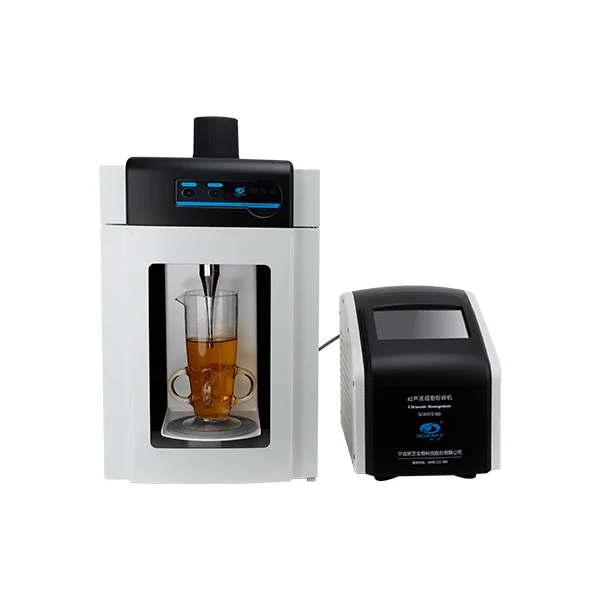Failure Case Studies: Lessons Learned from Stabilizer Link Automotive Malfunctions
Stabilizer links are a vital part of modern automotive suspension systems, ensuring vehicle stability, reducing body roll, and improving overall handling. However, real-world operating conditions—ranging from harsh terrain and extreme climates to improper installation and overloading—can significantly shorten their service life. Understanding the root causes behind stabilizer link failures is essential for engineers, fleet managers, and maintenance technicians who aim to improve reliability, reduce downtime, and control repair costs. The following cases highlight common failure scenarios, the technical reasons behind them, and the practical lessons that can prevent repeat occurrences.
Case Study 1: Premature Ball Joint Wear Leading to Stabilizer Link Failure
Scenario:
A fleet of commercial vans reported clunking noises and poor cornering stability after 12 months of service. Upon inspection, the stabilizer links exhibited ball joint wear far ahead of the expected lifecycle.
Root Causes:
-
Use of low-quality aftermarket ball joints with insufficient hardness and poor sealing.
-
Vehicles operated on rough, uneven roads, accelerating cyclic load stress.
-
Lack of periodic maintenance, allowing dirt and moisture to penetrate the joint.
Lessons Learned:
-
Ensure high-quality, OEM-grade ball joints with proper sealing.
-
Regular inspection and lubrication of stabilizer link joints can extend lifespan.
-
Fleet operations on rough terrains require reinforced suspension components.
Case Study 2: Rubber Bushing Degradation in High-Humidity Regions
Scenario:
Passenger vehicles in coastal regions reported vibrations and excessive play in suspension, causing steering instability.
Root Causes:
-
Rubber bushings degraded rapidly due to salt exposure and high humidity.
-
Material selection lacked resistance to ozone and UV, weakening the bushing.
-
Stabilizer link metal components were not sufficiently coated, leading to corrosion at the joints.
Lessons Learned:
-
Select bushings with ozone-resistant and weather-resistant rubber compounds.
-
Apply anti-corrosion coating to metal ends of stabilizer links.
-
Implement regional preventive maintenance schedules for coastal areas.
Case Study 3: Improper Installation Torque Causing Link Fracture
Scenario:
After suspension replacement, multiple vehicles developed broken stabilizer links within weeks.
Root Causes:
-
Technicians applied incorrect torque, over-stressing the link rod.
-
Worn or misaligned control arms caused additional bending stress on the stabilizer link.
-
No verification of vehicle alignment post-installation.
Lessons Learned:
-
Strictly adhere to manufacturer torque specifications during installation.
-
Verify suspension alignment and correct any misalignment before driving.
-
Use calibrated torque wrenches and train technicians on proper installation procedures.
Case Study 4: Excessive Loading in Light-Duty Links
Scenario:
Compact cars used for ride-sharing services reported frequent stabilizer link failures after heavy-duty usage.
Root Causes:
-
The original stabilizer links were designed for standard load, not continuous high passenger weight.
-
Frequent stops, starts, and cornering increased dynamic loading beyond the design limit.
-
Failure to upgrade to reinforced components for commercial usage.
Lessons Learned:
-
Match stabilizer link specifications to real-world operational conditions.
-
For heavy-duty or high-mileage vehicles, consider reinforced or high-performance stabilizer links.
-
Implement fleet usage monitoring to identify stress patterns and prevent early failure.
Key Root Cause Analysis Across Cases
-
Material Quality:
-
Low-grade metals and substandard rubber compounds accelerate wear and corrosion.
-
TS16949-certified processes ensure consistent material quality in Topshine components.
Environmental Stressors:
-
Extreme temperatures, humidity, road salt, and rough terrain amplify fatigue and joint degradation.
Improper Installation & Maintenance:
-
Incorrect torque, misalignment, and lack of lubrication are recurring causes of early failure.
Overloading:
-
Using stabilizer links beyond their design load capacity results in bending or fracture.
Component Interaction:
-
Worn control arms, ball joints, or bushings indirectly increase stress on stabilizer links.
Preventive Strategies for Stabilizer Link Reliability
-
Use Certified Components:
Topshine stabilizer links are manufactured under TS16949 quality standards, ensuring high durability and precision. -
Regular Inspection and Lubrication:
-
Inspect links every 10,000–15,000 km.
-
Lubricate ball joints and check bushings for cracks or wear.
-
Torque and Alignment Verification:
-
Apply proper torque according to specifications.
-
Conduct suspension alignment checks post-installation.
-
Material Upgrade for Heavy-Duty Use:
-
Reinforced stabilizer links for high-load applications reduce premature failure.
-
Environmental Protection:
-
Use corrosion-resistant coatings for coastal or high-humidity regions.
-
Consider ozone- and UV-resistant bushings for tropical climates.
FAQ (Frequently Asked Questions)
Q1: How can I tell if a stabilizer link is failing?
A1: Signs include clunking noises, excessive play, steering instability, or uneven tire wear. Visual inspection can reveal cracked bushings or loose ball joints.
Q2: How often should stabilizer links be inspected?
A2: Recommended every 10,000–15,000 km, or immediately after rough-road usage.
Q3: Can stabilizer link failures damage other suspension parts?
A3: Yes. Failed links increase stress on control arms, tie rod ends, and ball joints, potentially causing cascading damage.
Q4: Are aftermarket stabilizer links reliable?
A4: Only if they meet OEM-grade material and tolerance standards. TS16949-certified parts like Topshine provide higher reliability.
Q5: What maintenance extends stabilizer link life?
A5: Proper installation, periodic lubrication, timely replacement of worn bushings, and environmental protection are key.
Conclusion
Stabilizer link failures in automotive suspensions are preventable with proper component selection, installation, and maintenance. The lessons learned from real-world cases include:
-
The importance of material quality and manufacturing standards
-
The impact of environmental conditions on component longevity
-
The role of correct installation and torque verification
-
Adjusting for vehicle load and operating conditions
Topshine Auto Parts, with its TS16949-certified processes and comprehensive range of suspension components, provides reliable stabilizer links, control arms, ball joints, and tie rod ends. By applying these preventive strategies, automotive engineers, fleet operators, and maintenance technicians can reduce failures, improve vehicle safety, and minimize repair costs
www.topshineparts.com
Topshine Auto Parts

Average Rating